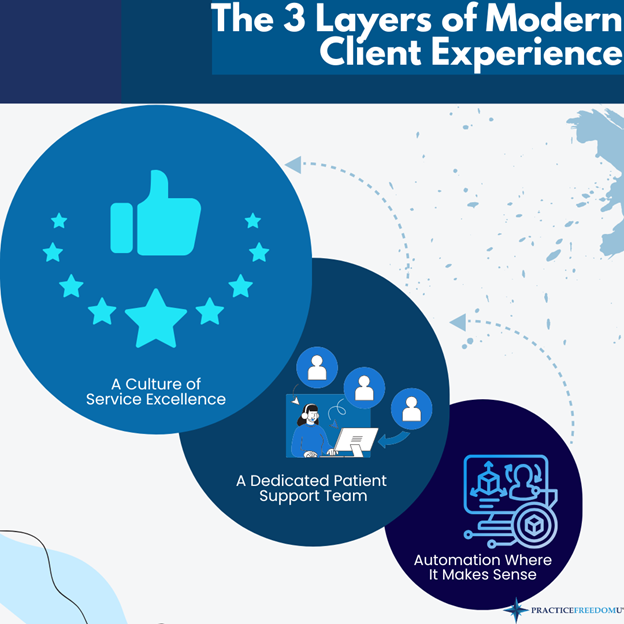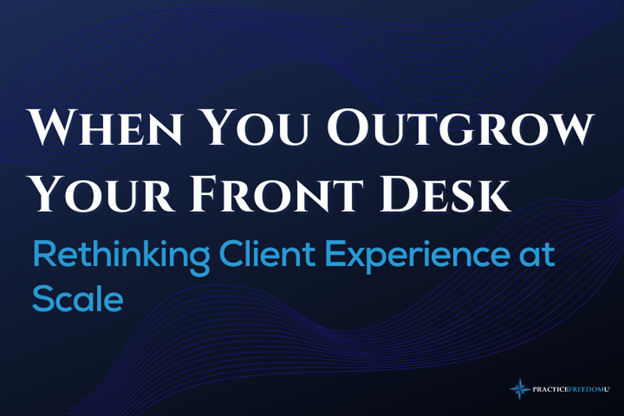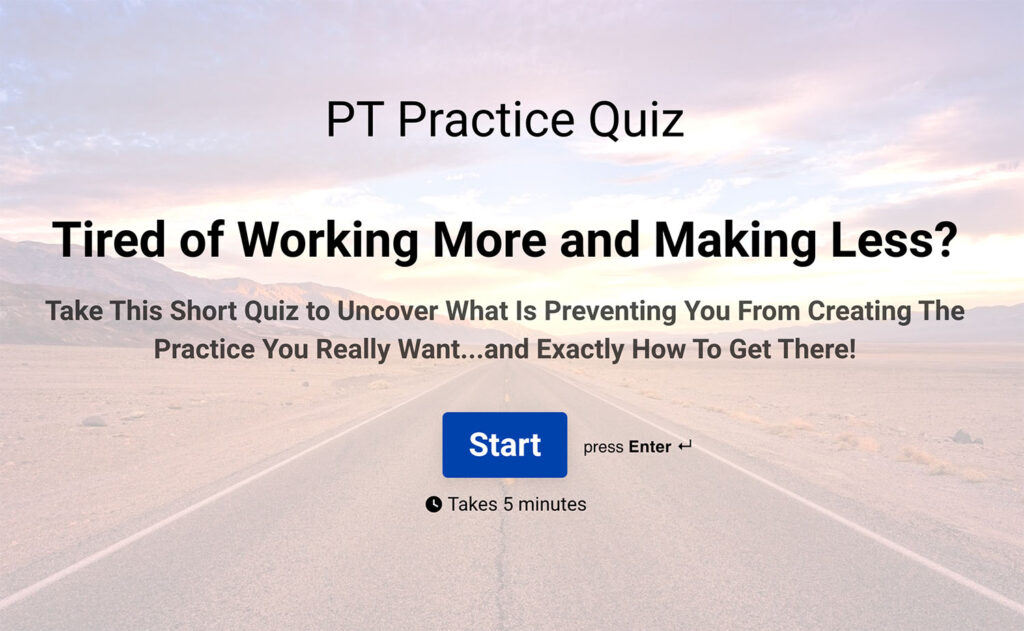As a private practice owner, there’s a moment in your growth journey that no one really prepares you for. It’s not when you hit your first million in revenue. It’s not when you hire your tenth therapist. It’s when your front desk—your once-reliable command center—starts to crack under the pressure.
Suddenly, patients are waiting too long to be checked in. Phone calls go unanswered. Authorizations fall through the cracks. Your amazing front desk staff? They’re overwhelmed, juggling way too many responsibilities with no end in sight.
This isn’t about having the wrong people. It’s about having the wrong system.
When your practice begins growing, whether you’re adding locations or just seeing a higher patient volume, you can no longer rely on the front desk model that worked when you were smaller. It’s time to rethink the entire client experience through a strategic lens.
Let’s break down what that means and how to do it right.
The Myth of the “Superhero” Front Desk
Most private practices start with one or two amazing front desk people. They’re personable. Organized. They know every patient’s name and can juggle phones, insurance, and scheduling like seasoned air traffic controllers.
But as your practice grows, what used to be manageable becomes mayhem.
Instead of 20 patients a day, you’re seeing 100 across multiple providers. The phone rings off the hook. Online reviews start mentioning long wait times or unreturned calls. The superhero model breaks down, because it was never built to scale.
And that’s the key word: scale.
Growing practices need scalable systems, not individual heroics.
Client Experience is a Strategic Lever
If you’re like most practice owners, you’ve spent time refining your marketing, your clinical processes, maybe even your billing systems. But what about your client experience?
Client experience isn’t just a “nice to have” it’s a strategic differentiator.
In a world where patients have more choices and higher expectations, the way they feel about your practice matters. A lot.
Every touchpoint, from the first phone call to the final discharge, either builds or erodes trust.
When the front desk is overloaded, mistakes happen. When mistakes happen, patients leave. And when patients leave, growth stalls.
Warning Signs You’ve Outgrown Your Front Desk
How do you know it’s time to rethink your approach? Look for these common red flags:
- Calls going to voicemail during business hours
- Patients waiting more than 5 minutes to check in
- Missed authorizations or benefit verifications
- Scheduling mistakes or double bookings
- Declining Net Promoter Score (NPS) or Google reviews
- Burnout and turnover among front desk staff
If you’re seeing two or more of these signs, chances are your front desk is at capacity—or beyond it.

The 3 Layers of Modern Client Experience
To handle growth without sacrificing service, you need to shift from a front-desk-centric model to a multi-layered client experience strategy.
Here are the three essential layers:
1. Automation Where It Makes Sense
Start by removing the repetitive, low-value tasks from your team’s plate. Use technology to automate:
- Appointment reminders and confirmations
- Online intake and paperwork
- Eligibility checks
- Follow-up communications and reviews
The goal isn’t to remove the human touch, it’s to reserve it for high-impact moments. Automation creates space for your team to focus on what really matters: connecting with people.
2. A Dedicated Patient Support Team
Instead of relying on one or two overwhelmed front desk staff to do everything, create defined roles:
- Check-in/check-out concierge
- Phone and scheduling support
- Insurance verification specialist
- Patient follow-up coordinator
This not only improves efficiency, it improves accountability. When everyone owns a specific slice of the client journey, things don’t fall through the cracks.
If you’re a solo location, you don’t have to hire four new people. You can reallocate roles, outsource, or use part-time virtual support to cover gaps strategically.
3. A Culture of Service Excellence
Systems are important. But without the right mindset, they fall flat.
Make client experience a core value in your practice. Train your team to see patients not as tasks to complete, but as people to care for. This isn’t fluff, it’s a business strategy.
Practices that deliver a superior experience get more word-of-mouth referrals, retain more patients, and build more brand equity over time.
From Chaos to Clarity
Let me share a real story from a client I worked with—let’s call her Sarah.
Sarah ran a thriving orthopedic PT clinic. Her therapists were busy. Her marketing was working. But her front desk was drowning. Missed calls. Angry patients. Stressed-out staff.
Her knee-jerk reaction? Hire another front desk person.
But we took a step back. Instead, we:
- Implemented an online intake system and automated reminders
- Outsourced benefit verification to a part-time remote assistant
- Re-trained her front desk staff to specialize in check-in and patient interaction
- Created a call flow chart and routing system to better handle call volume
The result?
- 40% fewer inbound calls (thanks to automation)
- Faster check-ins and shorter lines
- Happier patients and a noticeable bump in online reviews
- A team that felt empowered, not burned out
Sarah didn’t just fix a staffing issue. She built a scalable patient experience engine.
The Hidden ROI of Client Experience
Still not convinced this is worth the effort?
Let’s talk numbers.
- A 5% increase in patient retention can increase profits by 25%–95%
- Practices with high patient satisfaction scores grow faster due to referrals
- Positive online reviews directly impact new patient volume and SEO rankings
- Staff burnout and turnover—common with overstressed front desk teams—cost you thousands in recruitment and training
This isn’t just about being “nice” to patients. It’s about building a resilient, scalable, and profitable business.
Scaling with Soul
As you scale your practice, don’t lose sight of what got you here in the first place—relationships.
Yes, technology is important. Yes, systems are necessary. But at the heart of it all is trust.
When you rethink your front desk, you’re not just improving logistics, You’re recommitting to your patients. You’re saying, “Your time matters. Your care matters. You matter.”
At Practice Freedom U, we specialize in helping growth-minded private practice owners navigate transitions like this. Whether you’re adding new locations, expanding your team, or simply trying to keep up with patient demand, we provide the coaching, systems, and support you need to build a practice that runs smoothly—without burning you or your staff out. Our proven coaching systems guide you through creating scalable operations and elevating your client experience, so you can grow confidently and sustainably.
And that, my friend, is how you build a practice that grows—not just in size, but in impact.
Ready to rethink your client experience and scale your practice with confidence? Let’s talk. I help private practice owners like you build businesses that work—for your team, your patients, and your life.
————————————————————-
Are you ready for a coach? Join the hundreds of physical therapy owners who are building the practice of their dreams with the support, guidance and direction of a Practice Freedom U Coach. Take the first step towards creating a business that sets you free by scheduling a Discovery Call



